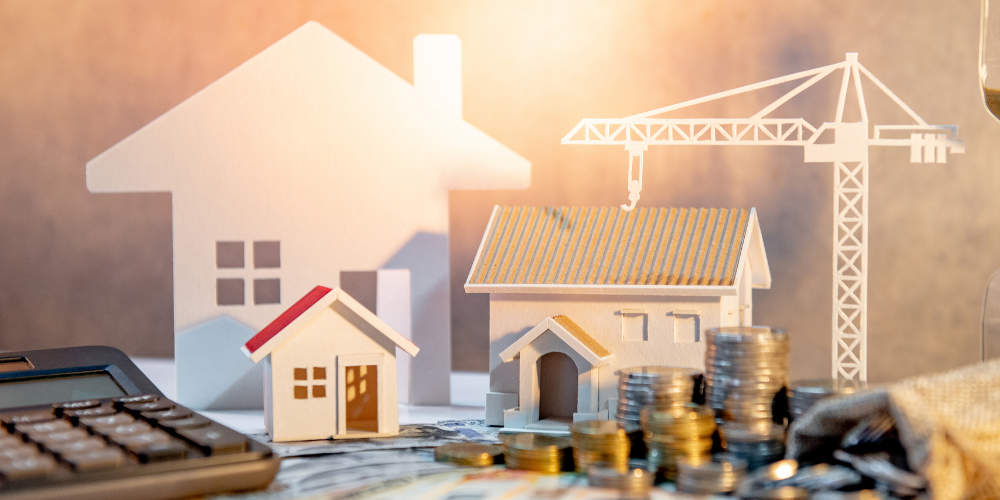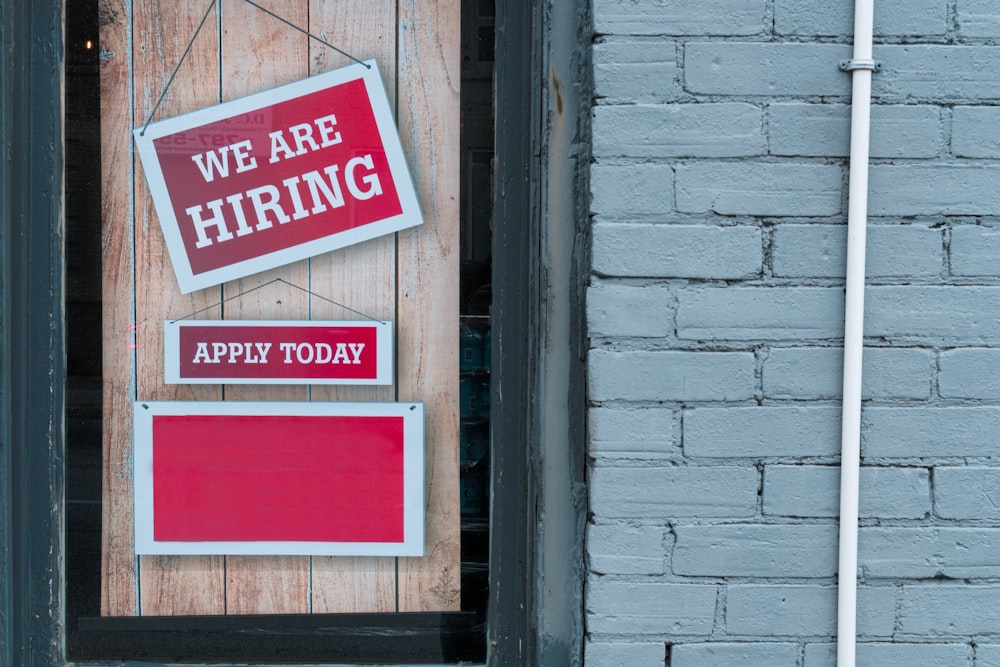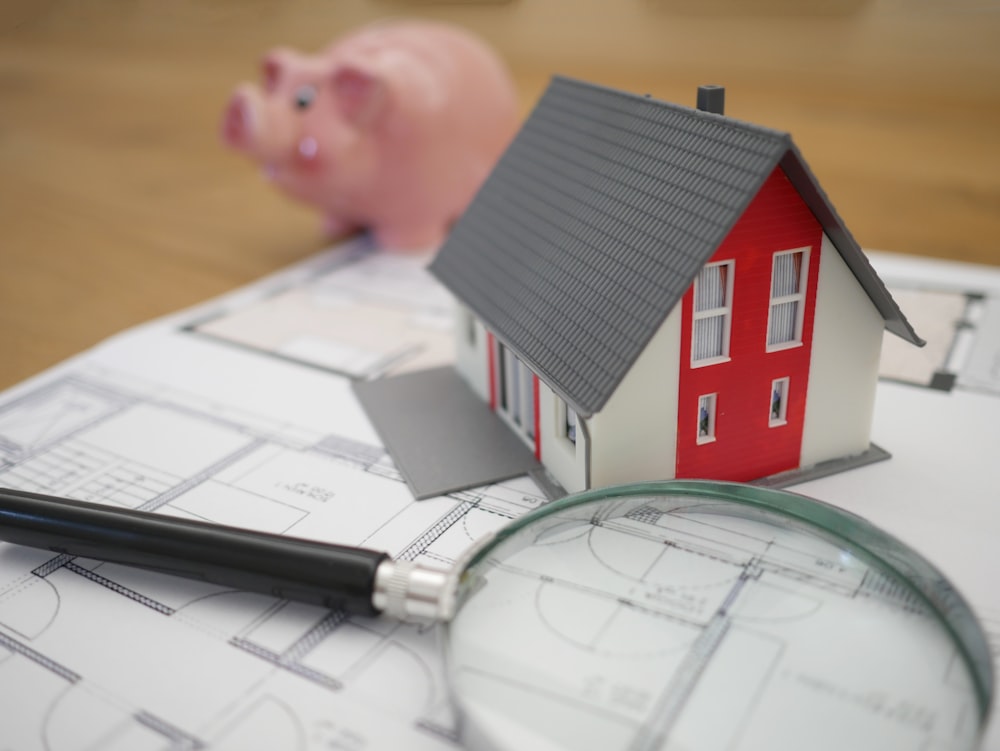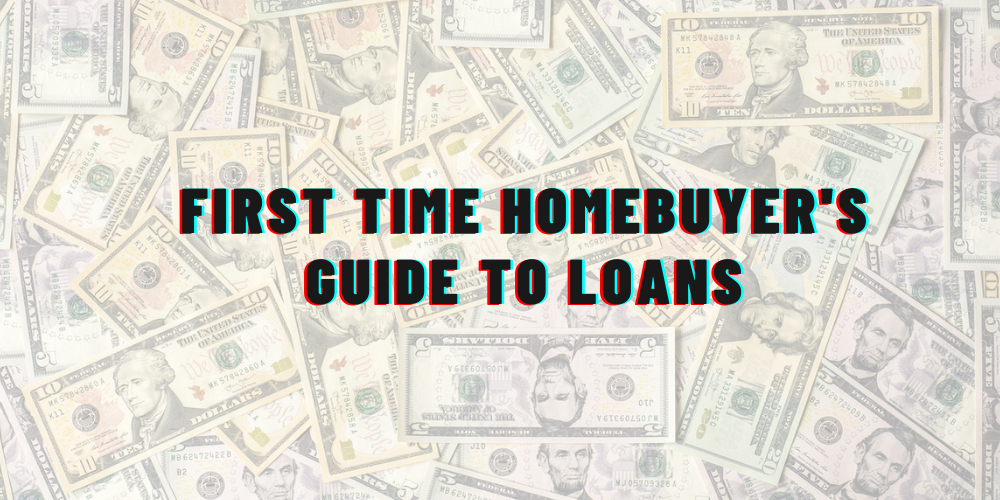The Intrinsic Value of Real Estate in Rapidly Expanding Cities of 2023
https://www.c4dcrew.com/wp-content/uploads/2023/07/C4D-Post-Design-15.png 1000 500 Taylor Witt Taylor Witt https://secure.gravatar.com/avatar/929cbb327a14541f261a18eb19f98ae655626081315c630086c34e67b7853acf?s=96&d=mm&r=gAs urbanization continues to accelerate, cities around the world are witnessing unprecedented growth and development. In this dynamic landscape, real estate has emerged as a highly valuable asset class, especially in fast-growing cities. This article explores why real estate remains a sought-after investment and an essential component of urban growth and development in 2023.
Population Boom and Housing Demand
Fast-growing cities of 2023 are experiencing a significant surge in population due to factors such as migration, increased birth rates, and economic opportunities. This population boom creates a pressing need for housing, leading to increased demand for real estate. Developers and investors recognize the immense potential for capitalizing on this growing demand, resulting in a competitive market. A recent study by background check company Checkr details the biggest booming cities in America that might be places to look for real estate investors.
Economic Prosperity and Job Opportunities
Fast-growing cities are often hubs of economic prosperity and offer abundant job opportunities. Businesses and industries flock to these cities to tap into their potential, attracting a skilled workforce from around the world. As a result, real estate becomes a valuable commodity as individuals seek homes near their workplaces. Residential properties, commercial spaces, and industrial developments become key assets in meeting the demands of an expanding workforce.
Appreciation and Investment Potential
Real estate has historically proven to be a sound investment with the potential for substantial long-term appreciation. Fast-growing cities offer an ideal environment for investors to capitalize on this appreciation. As urbanization continues, limited land availability drives property prices upward. Strategic investments in real estate assets can yield significant returns over time, making it an attractive investment option for individuals and institutions alike.
Infrastructure Development
Fast-growing cities understand the importance of infrastructure development to accommodate their expanding populations and maintain their growth trajectory. Governments and private developers invest heavily in improving transportation networks, building modern amenities, and creating sustainable urban landscapes. These infrastructure developments enhance the desirability of the surrounding real estate, making properties in well-connected and developed areas even more valuable.
Diversification and Risk Mitigation
Real estate provides diversification benefits and serves as a hedge against market volatility. In rapidly expanding cities, where other investment options may carry higher risks, real estate offers stability and resilience. Even during economic downturns, properties tend to hold their value better than other assets. The stability and long-term growth potential of real estate act as a shield against market volatility, making it an attractive choice for risk-averse investors.
In the fast-paced world of 2023, real estate continues to hold significant value in rapidly growing cities. Its ability to meet the housing demands of a surging population, its potential for appreciation and investment, and its resilience during economic fluctuations make it an essential and highly sought-after asset class for both individuals and institutions alike.























